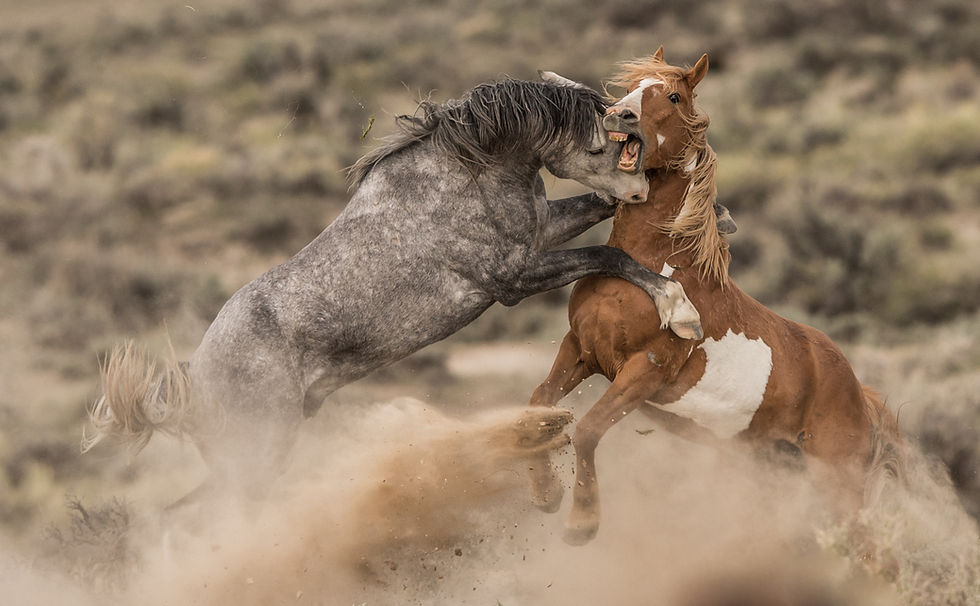Dramatic Flowerscapes
- Scott Wilson

- Jun 29, 2018
- 3 min read
I was interviewed by Digital Photo magazine who wanted to know more about the technique behind my series of Dramatic Flowerscapes. Here is the interview they published...

Tell us about what made you want to shoot this particular picture? I've been working on my series of 'dramatic flowerscapes' for a number of years - in fact, four of the images were shortlisted for the Landscape Photographer of the Year 6 competition, one making the exhibition and the book as well as the Sunday Times coverage of the Awards
What were you trying to achieve with this picture? I'm trying to achieve on a small-scale what the dramatic land & sea-scaper usually sees on a large-scale. With 'Reach', I wanted capture the energy and competition among these small plants jostling to get closest to the sun.

Tell us about how you shot the image? The idea was to bring the same techniques - narrow aperture, grad filtering - that I use in landscapes to the tiny world of flowers. Add in a blast of flash from an SB900 and you have a range of 'dramatic flowerscapes' which have been one of the biggest sources of attention on my portfolio over the years.
Does this image fit in with your usual approach to photography, or did you try anything different to shoot this? It fits with my usual approach to shooting landscapes - apart from the flash element - but I really fought my instincts around how to shoot flowers. I have a bunch of macro-shots from the same field which I've never published because, while technically fine, they don't offer anything like the drama and scale achieved by the wide-angle.

What problems or challenges did you encounter when shooting this picture? One of the hardest thing is keeping the shape and scale with tiny objects that are moving all the time - especially if there is wind, even a gentle one. The other, inevitably, is the light. As with a large scale dawn or dusk shoot, there's a very small window when the light is right and the shape in the sky and the subject align. I'm lucky this field [was] pretty close to my home, so I was able to keep an eye on the conditions and anticipate the right time to get out there.
Did you find anything tricky in the processing work you did? The trickiest part was keeping the colours in balance.... You really need the tones in the sky and the daisies to be working with each other.
Do you have a favourite kind of photography, and does this image fit into it? (Eg landscapes, portraits, buildings, still life, macro, wildlfe) I'm up for anything that offers a dramatic edge, so hopefully this image fits into that.... I'm mostly drawn to seascapes, cityscapes and landscapes – winter preferred – and occasionally venture into sports and portraiture.

What are the top five tips you'd share with other readers when it comes to shooting images like this? (1) Shoot at dusk or dawn (2) Think shape, not flowers (3) Get down low to shoot up (the sky is key) (4) Open the camera wide (Reach was 16mm (on full frame)) (5) And make sure you've always got spare batteries for your flash - they're very hungry in low light!
What's the best piece of advice you've received on photography? Try to 'get it right in field', especially your composition. There's not much even the best PS technique can do with a poorly shaped image



Dear Scott, I'm blown away by your images. I was at a friend's home here in Colorado when I came across one of your images hanging over his fireplace. I'm an avid photographer myself and just LOVE your photographs! - Sriram